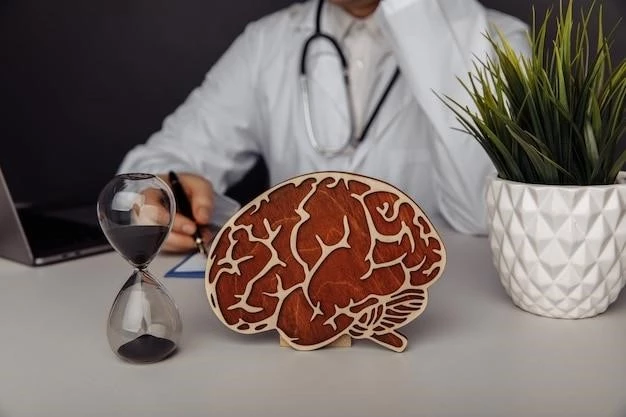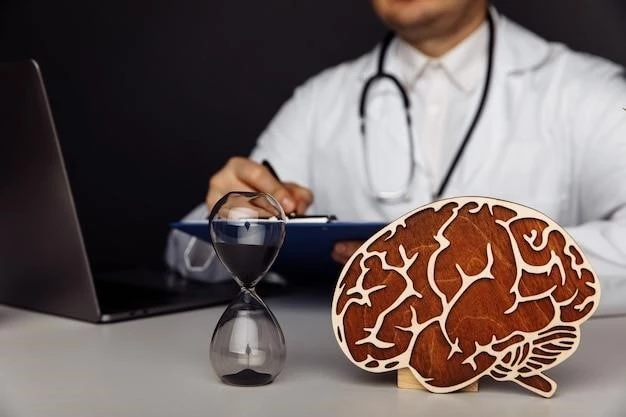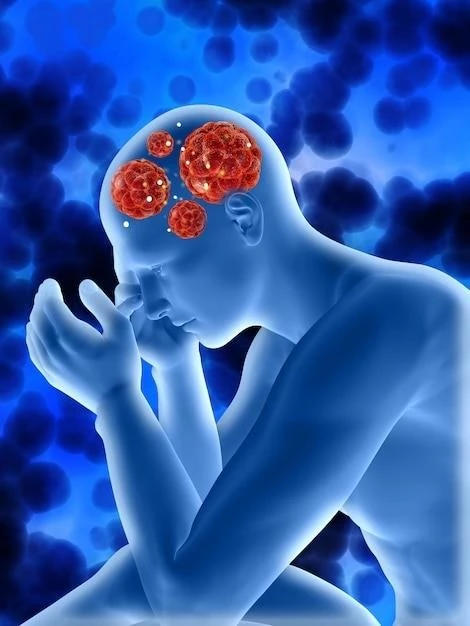Introduction to Porencephaly-Cerebellar Hypoplasia-Internal Malformations Syndrome
Porencephaly-cerebellar hypoplasia-internal malformations syndrome is rare central nervous system malformation syndrome characterized by bilateral porencephaly, absence of the septum pellucidum and cerebellar hypoplasia with absent vermis.
Definition and Characteristics
Porencephaly-cerebellar hypoplasia-internal malformations syndrome is a rare central nervous system malformation syndrome characterized by bilateral porencephaly, absence of the septum pellucidum, cerebellar hypoplasia, and internal malformations. It mainly affects the central nervous system and may present with dysmorphic facial features, brain anomalies, and craniofacial dysmorphisms. This syndrome is a complex condition that poses challenges in diagnosis and management.

Causes and Genetic Factors
Cerebellar hypoplasia in Porencephaly-Cerebellar Hypoplasia-Internal Malformations Syndrome is mainly due to genetic factors, including autosomal recessive inheritance with specific mutations leading to central nervous system malformations.
Autosomal Recessive Inheritance
Cerebellar hypoplasia in Porencephaly-Cerebellar Hypoplasia-Internal Malformations Syndrome is attributed to an autosomal recessive inheritance pattern, as reported in cases of siblings with bilateral porencephaly and cerebellar hypoplasia. This rare syndrome predominantly affects the central nervous system.
Specific Genetic Mutations
Specific genetic mutations associated with Porencephaly-Cerebellar Hypoplasia-Internal Malformations Syndrome remain a focus of research efforts, aiming to identify the underlying genetic anomalies contributing to the complex central nervous system malformations observed in affected individuals.
Clinical Features and Symptoms
Patients with Porencephaly-Cerebellar Hypoplasia-Internal Malformations Syndrome may exhibit dysmorphic facial features, craniofacial dysmorphisms, and a range of neurological manifestations correlating with central nervous system malformations.
Neurological Manifestations
Patients with Porencephaly-Cerebellar Hypoplasia-Internal Malformations Syndrome may present with a variety of neurological manifestations, such as developmental delays, seizures, equilibrium disturbances, ataxia, oculomotor abnormalities, and cognitive impairments. These symptoms reflect the impact of central nervous system malformations on neurodevelopment and overall neurological function.
Craniofacial Abnormalities
In Porencephaly-Cerebellar Hypoplasia-Internal Malformations Syndrome, patients may present with dysmorphic facial features such as hypertelorism, epicanthic folds, high arched palate, and prominent metopic suture, among others. These craniofacial abnormalities are often seen in conjunction with central nervous system malformations.

Diagnosis of Porencephaly-Cerebellar Hypoplasia-Internal Malformations Syndrome
Diagnosis involves brain imaging techniques to assess bilateral porencephaly, cerebellar hypoplasia, and other internal malformations. Additionally, genetic testing is essential for confirming specific genetic mutations associated with this syndrome.
Brain Imaging Techniques
Brain imaging techniques play a crucial role in diagnosing Porencephaly-Cerebellar Hypoplasia-Internal Malformations Syndrome. These methods include MRI and CT scans to visualize bilateral porencephaly, cerebellar hypoplasia, and internal malformations in the central nervous system for accurate diagnosis and treatment planning.
Genetic Testing
Genetic testing plays a pivotal role in diagnosing Porencephaly-Cerebellar Hypoplasia-Internal Malformations Syndrome by identifying specific genetic mutations responsible for central nervous system malformations. Understanding the genetic basis of the syndrome is essential for accurate diagnosis and tailored treatment strategies.
Treatment for Porencephaly-Cerebellar Hypoplasia-Internal Malformations Syndrome typically involves a multidisciplinary approach for symptomatic relief, supportive care, and addressing associated complications to enhance the quality of life for affected individuals.
Multidisciplinary Approach
Management of Porencephaly-Cerebellar Hypoplasia-Internal Malformations Syndrome necessitates a comprehensive multidisciplinary approach involving specialists from various fields to provide holistic care, address diverse symptoms, and enhance the quality of life for patients.
Treatment Options and Management
Individuals with Porencephaly-Cerebellar Hypoplasia-Internal Malformations Syndrome require a multidisciplinary approach to address symptoms including seizures, developmental delays, equilibrium disturbances, ataxia, and cognitive impairments. Treatment focuses on providing symptomatic relief, supportive care, and interventions to improve the quality of life for affected individuals.
Prognosis and Long-Term Outlook
The prognosis for individuals with Porencephaly-Cerebellar Hypoplasia-Internal Malformations Syndrome varies depending on the severity of symptoms and associated complications. Long-term management is crucial in addressing challenges and maintaining optimal quality of life for affected individuals.
Impact on Quality of Life
Porencephaly-Cerebellar Hypoplasia-Internal Malformations Syndrome can significantly impact the quality of life of affected individuals due to a range of neurological manifestations, developmental delays, seizures, ataxia, and cognitive impairments. Managing these challenges is crucial for enhancing the overall well-being and daily functioning of patients.
Challenges in Disease Management
Managing Porencephaly-Cerebellar Hypoplasia-Internal Malformations Syndrome presents several challenges due to the complex nature of central nervous system malformations. Overcoming these challenges requires a comprehensive and individualized approach to address the diverse symptoms and associated complications effectively.
Research and Recent Advancements
Studies on the pathophysiology of Porencephaly-Cerebellar Hypoplasia-Internal Malformations Syndrome aim to understand the mechanisms underlying central nervous system malformations, while ongoing research focuses on developing novel therapeutic approaches for enhanced patient management and outcomes.
Studies on Pathophysiology
Research studies focus on unraveling the pathophysiology of Porencephaly-Cerebellar Hypoplasia-Internal Malformations Syndrome to gain insights into the underlying mechanisms causing central nervous system malformations. These studies aim to advance our understanding of the syndrome’s etiology and progression, paving the way for improved diagnostic and therapeutic approaches.
Development of Novel Therapies
Advancements in therapeutic strategies for Porencephaly-Cerebellar Hypoplasia-Internal Malformations Syndrome are actively pursued, focusing on innovative approaches to address the complex central nervous system malformations observed in affected individuals. Ongoing research aims to develop novel therapies for improved disease management and enhanced patient outcomes.
